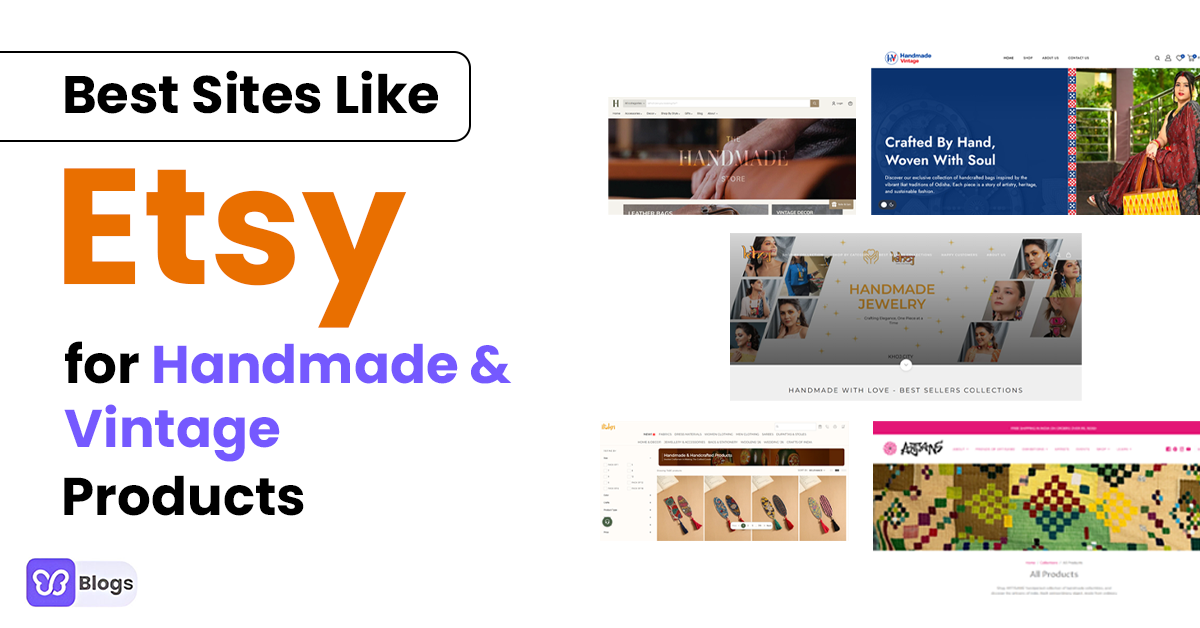Every online business owner dreams of a large, engaged customer base. But what truly matters is how each of those customers behaves over time—do they purchase once and disappear, or do they come back regularly with bigger basket sizes?
Customer lifecycle value (often referred to as CLV) is the metric that captures the total net profit you can expect from a single customer throughout their entire relationship with your store.
When you understand your customer's lifetime value, you can adapt your plans to encourage repeat purchases, improve your marketing efforts, and increase overall profitability. Equipped with this knowledge, you'll be able to focus on creating deeper client loyalty and developing partnerships that regularly enhance revenue.
What Is Customer Lifecycle Value?
Put simply, customer lifetime value (CLV) is an estimate of how much money the average customer will spend with your company over the course of their relationship, less the costs involved with acquiring and serving them.
This measure considers many transactions across months or even years, rather than just a single purchase.
How To Calculate CLV For Your Ecommerce Business?
As complicated as it may sound, calculating a CLV is easier than you think. Anyone can calculate this metric using a basic calculator and a few numbers.
Here’s how you can calculate CLV for your business:
“CLV = Average Order Value ✕ Purchase Frequency ✕ Average Customer Lifetime”
High CLV indicates that each customer will bring in more profit for your business. Higher CLV also highlights that every customer is valuable, meaning you can spend more on your customer acquisition and customer retention strategies.
Why Customer Lifetime Value Matters For Your Online Business?
Here are a few reasons why increasing CLV should be the top priority for your ecommerce business.
Improves ROI
Have you ever heard of the famous Pareto Principle? According to that, 80% of your revenues come from 20% of your customers.
When it comes to online selling, the profitability of selling to existing buyers is up to 70% more than selling to a new shopper (not more than 20%). Also, existing customers are willing to spend 67% more than new buyers.
Increasing lifetime value also increases your chances of having more sales.
More Sales = More Revenues
Improves Customer Loyalty
Improving your Customer Lifetime Value allows owners to foster brand loyalty. Make sure you reward your regular and VIP customers from time to time. That reward could be anything - a free ebook, a cashback offer, or a flat discount on selected items.
It’s Cost-Effective
As mentioned above, focusing on your existing customers is more cost-effective than building new relationships. Trying to retain your existing customers will help you significantly reduce your marketing budget and only put your efforts into targeting buyers who are already interested in your offers.
Saves Time
By keeping your focus on customer retention, you can save plenty of time and money that you can further reinvest in your customer retention strategies.
Better Marketing
Customer Lifetime Value enables you to create a targeted marketing plan that concentrates on your loyal customer base. That goes without saying that those loyal customers eventually become your brand advocates and also help in the process of customer acquisition.
Optimizing Your Marketing Campaigns For CLV
Did you know you can also optimize your existing marketing campaigns for CLV? Here, the key is to concentrate on improving your repeat purchase rate. Also, you have to tweak your campaigns to incentivize customer loyalty.
Remember, this is a slow process and you must not expect overnight results. Here are four ways you can integrate CLV into your marketing campaigns.
Campaigns That Focus On Repeat Purchase
From thank-you notes to cart abandonment reminders, campaigns that are designed to encourage existing customers to make repeat purchases are great for maximizing customer lifecycle value.
It’s no surprise that customers who’ve already invested in your products are more likely to make repeat purchases. That is why you mustn’t prioritize AOV for first-time buyers, as it is not going to be as result-driven as it will be for your routine buyers.
Campaigns That Focus On Cross-Selling
Another factor that positively contributes to your CLV is convincing your first-time buyers to purchase things that add value to their initial purchase. For example, if the buyer has purchased a laptop from your store, you can encourage them to purchase game CDs or any other product that is directly or indirectly associated with the use of laptops.
When you’re able to cross-sell different products, it automatically improves your customer lifetime value. By keeping your focus on the customer lifecycle, you can examine purchase history to determine what your buyers are looking for.
Campaigns That Focus On Customer Engagement Loyalty Programs
Customers love discounts and rewards. Whether it’s a free shipping offer or a discount, offering rewards to your regular customers is an effective way to persuade buyers to buy more.
Needless to say, this factor is also a key driver of CLV.
Replenishment Campaigns
Businesses that are dealing with consumable items can incorporate replenishment strategies into their marketing campaigns to improve their CLV. Since their business niche allows them to draw more predictable profits from their regular buyers, they tend to yield higher engagement rates and conversions.
Make sure you integrate your campaign across multiple channels so more and more potential customers can see that.
9 Powerful Methods To Increase Your Customer Lifecycle Value (CLV)
All in all, CLV should be your major concern if you’re looking to increase your profit in real-time. Here are 9 powerful methods you can implement today to improve your Customer Lifetime Value:
1. Build Long-Lasting Relationships With Email Marketing
Email marketing is an essential digital marketing pillar that allows ecommerce businesses to maintain communication with their existing buyers.
While customers appreciate promotional deals and discounts, they also admire informative content and emails that educate or entertain them in some way or another.
Instead of sending promotional emails only (that looks like a hard-selling strategy), you should send emails to build relationships. Just ensure the value you’re offering in those emails equates well with your customer’s needs and expectations.
2. Upsell & Cross-Sell
One of the ways you can improve your customer lifetime value is to encourage your existing buyers to invest more in your expensive products.
For instance, once they’re done buying a single product from your store, you can advertise more expensive products with a value-driven offer (a discount or a coupon code) to persuade them to make a second purchase.
Similarly, you can cross-sell your other products when you already know about your customers' buying preferences.
3. Personalize
According to research, more than 88% of buyers prefer buying from brands that recognize them and offer a personalized solution.
Take an example of Amazon here. The American dropshipping giant is known to offer a 100% personalized shopping experience to its customers.
Personalization makes it easier for buyers to find the details about the products they’re most interested in.
4. Offer Impeccable Customer Service
Even if you have the best products in the world, you cannot encourage your buyers to make a repeat visit unless your support team is truly amazing.
If your customer service is below average, it won’t take a minute for your website visitors to hit the back button and check out your competitor’s website.
But how do you offer excellent customer support to your buyers?
Offer Cross-Channel Support
While providing quick customer service on your website is a good idea, as an online business, you should offer cross-channel support to your customers.
Conduct thorough research and discover the channels your customers use most.
Offer 24/7 Support
Similar to omnichannel support, it is also crucial for present-day ecommerce businesses to offer 24/7 support.
Customers have many questions. If you fail to answer your customer’s queries in time, they have plenty of other options to hop on.
So to have a competitive advantage and ensure your support team is always there for the buyers.
Offer Live Chat Support
Everybody admires one-to-one real-time communication. If you’re still relying on automated bots, then it’s high time you take a leap and move on to the live chat support system.
Sounds like a lot of effort? Wait! We have a better solution.
5. Offer Customer-Friendly Return Policy
Every online business needs to have a return policy. One of the ways you can increase your customer lifetime value is by offering your buyers a flexible return and refund policy.
Instead of making returns difficult for your buyers, make sure you provide them with an easy way to sort their issues out. They’ll come back soon!
6. Collect Feedback
Happy customers can act as your brand advocates. Not only will they prefer your brand for their purchases, but also recommend your business to their friends and family.
Maximizing customer lifetime value would be much easier when you collect actionable feedback from your regular customers.
You can send out customer satisfaction survey forms on your website after a buyer completes a checkout process. Also, you can engage your live chat support team to collect feedback and opinions.
The process doesn’t stop here.
Listen to them and propose a solution that will keep them happy and satisfied.
7. Identify Pain Points & Offer Suitable Solutions
Businesses researching to know more about their customers yield higher CLV than businesses that don’t get this one step right.
The idea is to identify your customer’s pain points so that you can offer a better solution.
Take help from the feedback you have collected from surveys and polls. You can use that information to create a better marketing and re-engagement strategy that addresses your customer’s concerns.
8. Reward Your Regular Buyers
Reward your regular buyers so that they keep coming for more. Offer loyalty programs that offer real benefits to your regular buyers. Take an example of the brand Zappos here. They offer their regular customers a facility to return goods for free.
There are several ways you can reward your loyal customers. For instance, you can offer exclusive discounts, freebies, BOGO deals, personalized content in the form of downloadable ebook links, etc.
9. Treat New Customers Like Celebrities
Don’t let your new customers down by not offering them anything valuable in exchange for their money.
Instead of neglecting your customer acquisition strategy, you can maintain a balance by providing equal value to appeal to both new and existing buyers.
Always send a welcome email to your new subscribers. Also, offer a value-driven deal or discount on their first purchase to help them convert. You can also offer a discount on their next visit to encourage them to visit you soon.
Having a tiered loyalty program is also a good idea, as it will enable you to instantly reward your new customers and encourage them to shop again.





